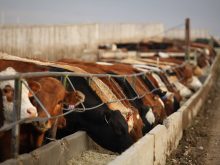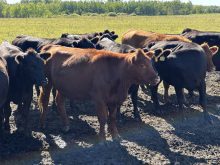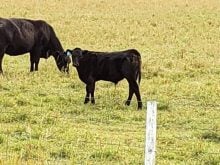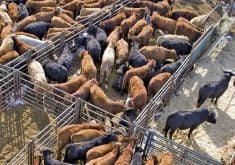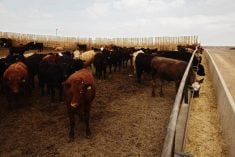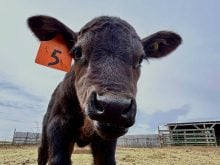Most cow herds have been grazing green pastures for the last few months. Many are still in the midst of the breeding season, and I believe just by sheer probability that most producers have already successfully treated one or two cases of foot rot.
To me, that’s a good thing, because lame cows and bulls brought down by foot rot do not breed well. I encourage constant vigilance against foot rot as well as some proactive measures to reduce the risk of the disease developing. If bulls and cows have good, pain-free mobility, it increases the chances of achieving a high percentage of pregnant cows at the end of this year’s breeding season and beyond.
During a simple walk or drive-by, one can easily spot the limping cases of foot rot among a group of beef cows grazing pasture. That’s because foot rot is very painful to the animal and has its own set of characteristics that are hard to miss upon closer inspection of the affected hoof.
Read Also
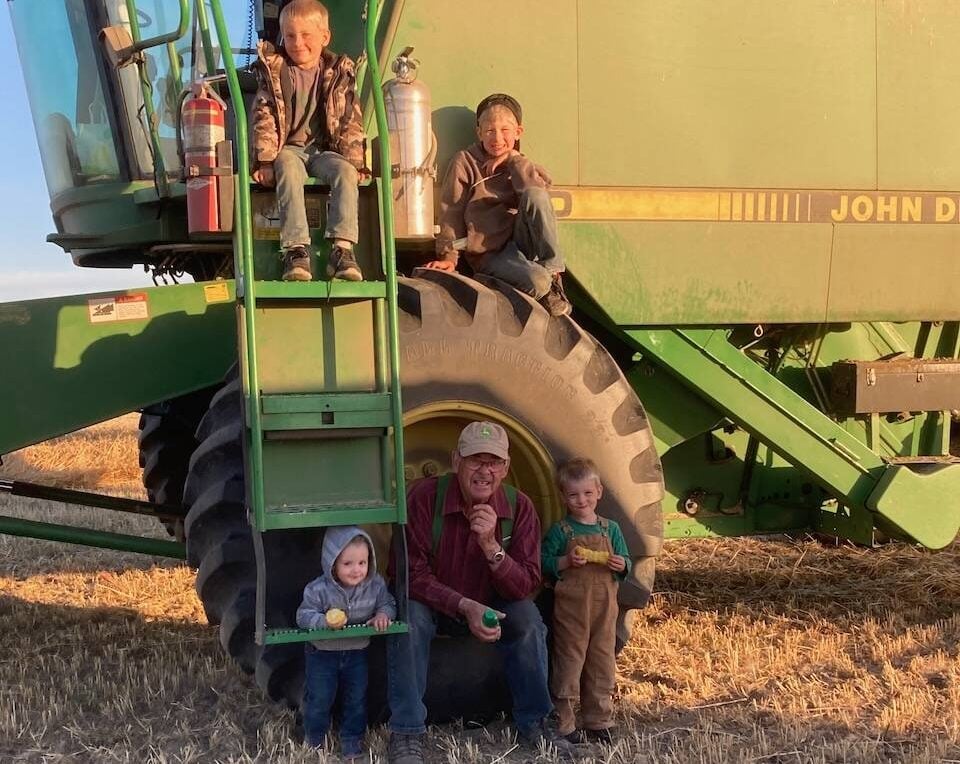
Harvest wraps up and fall work begins
At the Eppich famly ranch in western Saskatchewan, the fall harvest was successful with few breakdowns, cows and calves have been sorted and a new tractor has arrived
Foot rot symptoms
The space between their claws (inter-digital space) and the skin region right above the hoof horn (coronary band) is swollen and red. As foot rot progresses, these claws separate and the skin between toes will crack and tissue will die. The affected area gives off the classic smell of decaying flesh. It is well documented that foot rot is very contagious among cattle.
Such serious foot rot infections can start with a deep scrape, cut, or puncture wound around the inter-digital space (space between the claws) of the hoof. This break in the skin allows entry of anaerobic (lives without oxygen) bacteria called Fusobacterium necrophorum, but also may include other invaders such as strep and staph organisms, all found in soil and manure.
Foot rot is unable to penetrate unbroken hoof tissue without any significant cuts or abrasions. Any open wound allows the invasion by foot rot bacteria.
Cattle are more prone to foot rot when their hooves are particularly soft, often caused by longtime standing in wet pastures. It can even happen after weeks of wet weather, followed by dry conditions which cause susceptible hooves to become chapped or cracked, opening them and making them vulnerable to infection.
Foot rot is contagious. Pus and discharge from swollen feet may contaminate muddy ground or water and other cattle can become infected within a day if they walk in the same pasture and have similar injuries to their hooves. Several environmental studies have shown that foot rot bacteria can live a year in unfrozen ground, mud or manure.
Advice from producers
I asked a few beef producers how they deal with foot rot and keep it from invading their cattle, particularly during the breeding season. Their response is valuable to anyone with a foot rot problem:
- 300-head Black Angus cow herd. The owner checks his cattle almost daily. If a cow is limping, she is treated right away with a long-acting antibiotic. Treatment is effective within three to four days. He’s had a few cases of lameness that were not foot rot, but sprains and bruised hooves caused by grazing uneven rocky ground.
- 400-head Red and Black Angus cow herd. This producer told me he will treat the odd foot rot case when it appears, but doesn’t check his cow herd as routine. In contrast, he is much more vigilant in keeping track of his breeding bulls on pasture during the breeding season watching for foot rot and other foot and leg aliments.
- 120-head mixed-breed cow herd. This producer practices extensive rotational grazing. He also keeps his cows away from swampy areas by fencing them off. In doing so, he believes foot rot has not been a major issue on his farm for years and quickly treats any suspected case.
These real-life testimonials have a common thread . They recognize that foot rot is detrimental to the well-being of cattle during the breeding season. Therefore, it cannot be ignored and must be treated quickly to prevent its spread.




